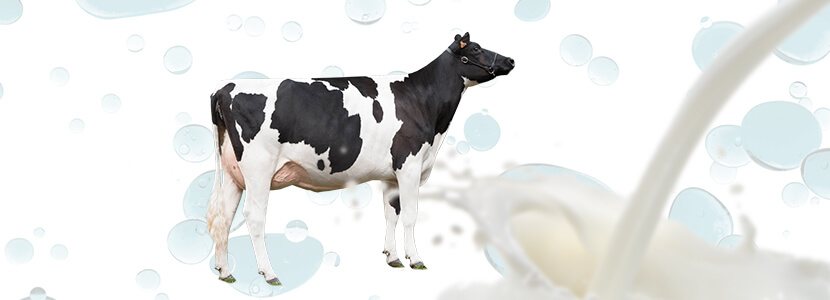 15 Jul 2025
15 Jul 2025
High-producing dairy cows undergo significant metabolic adjustments during the transition from late lactation to the next lactation cycle. Maintaining optimal body condition during this period is crucial for health, productivity, and reproductive success. Excessive or insufficient body reserves can predispose cows to metabolic disorders and impact milk yield. This study aimed to evaluate how manipulating dietary energy intake during late lactation influences body condition, metabolism, and performance during the subsequent dry period and early lactation.
Materials and Methods
Sixty-six multiparous Holstein cows at approximately 150 days of gestation were blocked by expected calving date and randomly assigned to two diet groups differing in energy density: a high-energy (HE) diet providing 1.74 Mcal NEL/kg DM, and a low-energy (LE) diet with 1.50 Mcal NEL/kg DM. The goal was to achieve either higher or normal body condition scores (BCS) at dry-off, respectively. After dry-off, all cows received the same diet throughout the dry period and into early lactation.
Body Condition and Feed Intake Dynamics
At dry-off, cows fed the HE diet showed significantly higher BCS (3.69 vs. 3.25) and backfat thickness compared to the LE group. During the dry period, LE cows exhibited increased backfat thickness and longer rumination times by about 20 minutes per day, indicating better feed utilization or metabolic adaptations. In early lactation, LE cows consumed more dry matter intake (DMI) than HE cows.
Metabolic and Milk Production Outcomes
Milk fatty acid composition during the first three weeks postpartum differed between groups; HE cows had a lower proportion of de novo fatty acids in milk fat, suggesting altered lipid metabolism. Despite differences in body reserves and feed intake, no significant differences were observed in overall energy balance, circulating ketone bodies, or milk yield within the first 90 days of lactation. Nonesterified fatty acids (NEFA) tended to be higher in HE cows, indicating greater mobilization of fat reserves.
Discussion
The findings demonstrate that dietary energy manipulation during late lactation affects body reserves at dry-off, which then influences metabolic responses and feed intake patterns in the dry period and early lactation. These results support the concept of homeorhetic regulation, where cows adjust intake and metabolism based on internal adiposity signals to reach a setpoint of body condition.
Conclusions
Managing dietary energy intake during late lactation offers a strategic opportunity to optimize body condition, metabolic health, and feed intake regulation in dairy cows, potentially improving transition success and production longevity.
Reference: “Frizzarini, C., et al. (2025). Effects of dietary energy density in late lactation on body reserves and subsequent lactation performance in Holstein cows. Journal of Dairy Science.”
Subscribe now to the technical magazine of animal nutrition
AUTHORS
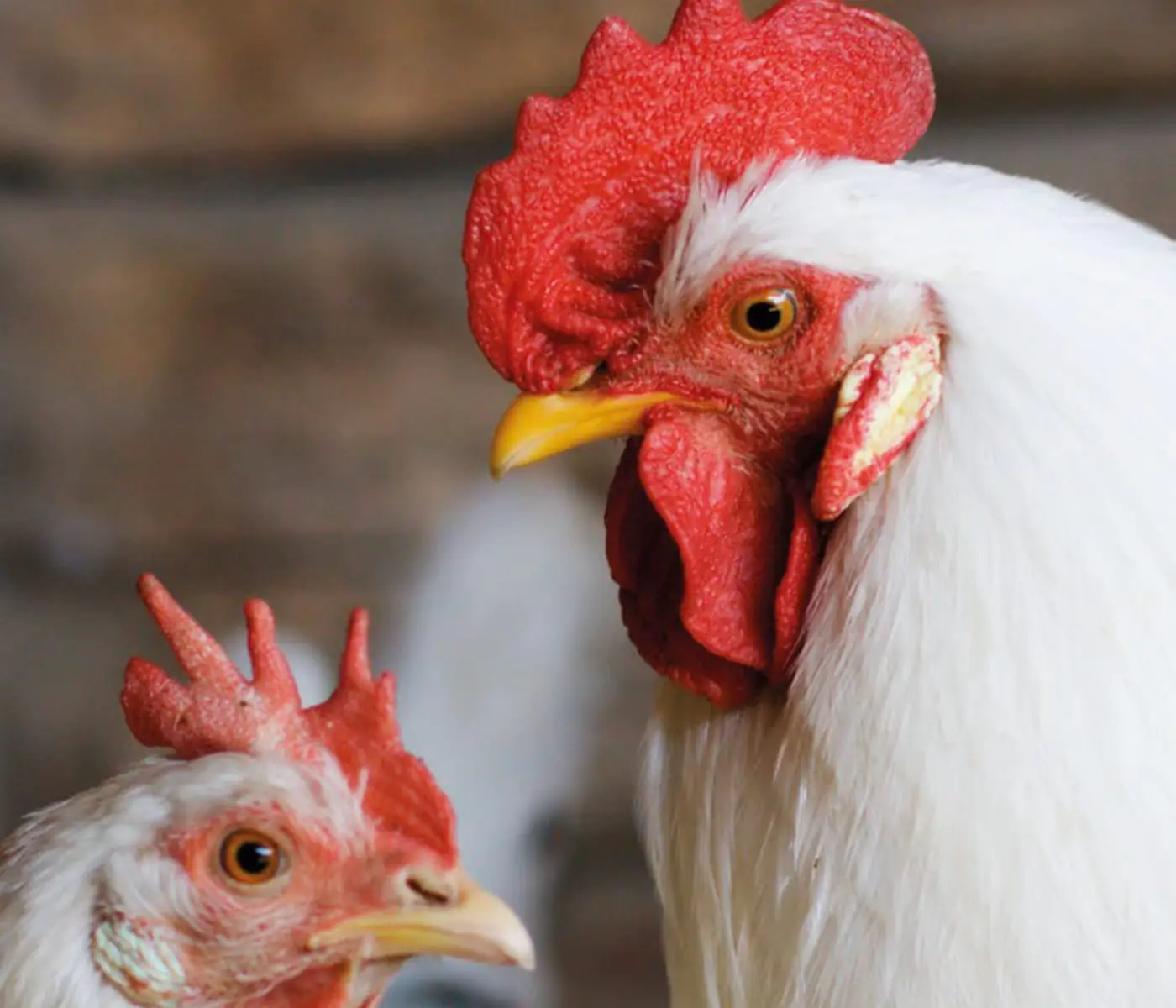
Nutritional Interventions to Improve Fertility in Male Broiler Breeders
Edgar Oviedo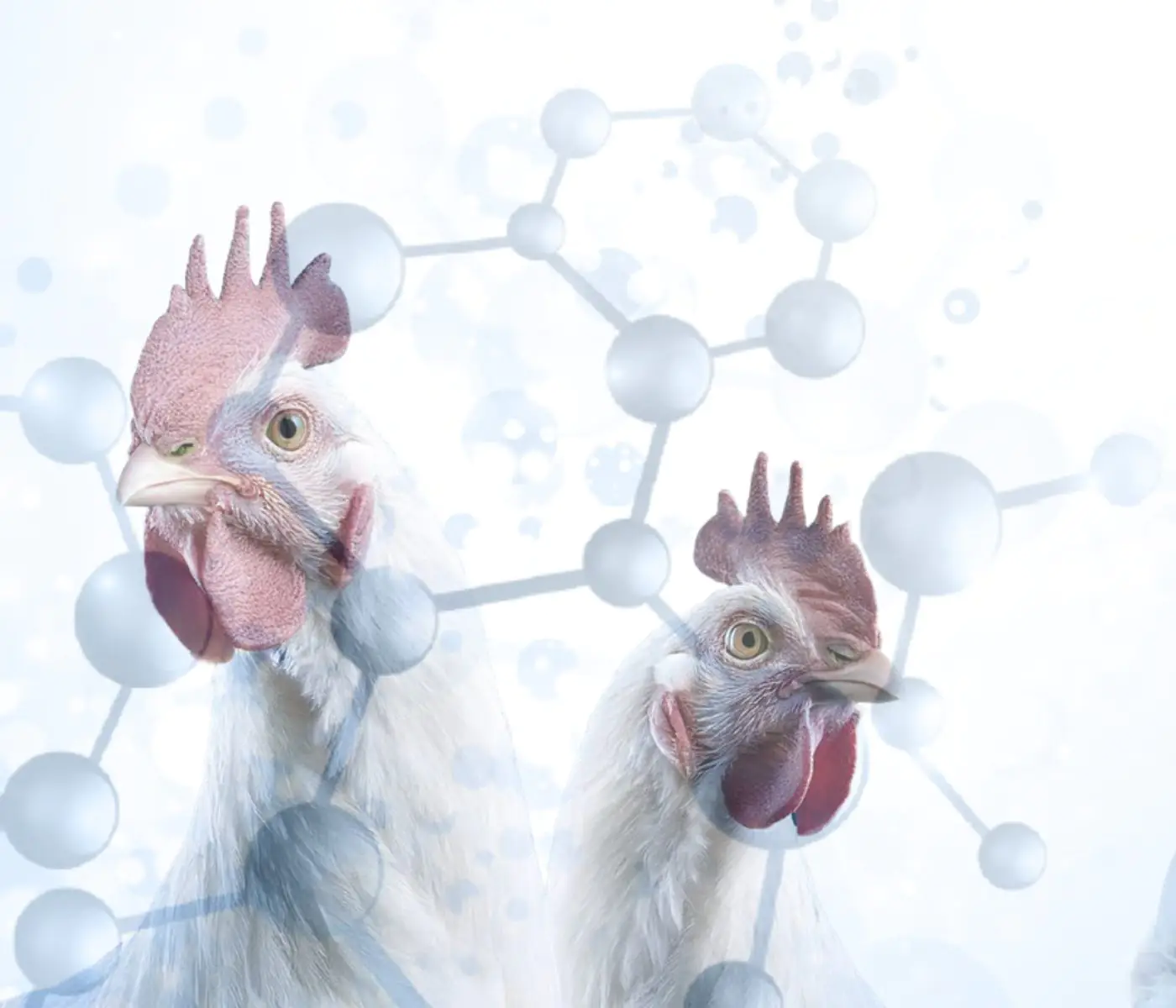
The Use of Organic Acids in Poultry: A Natural Path to Health and Productivity
M. Naeem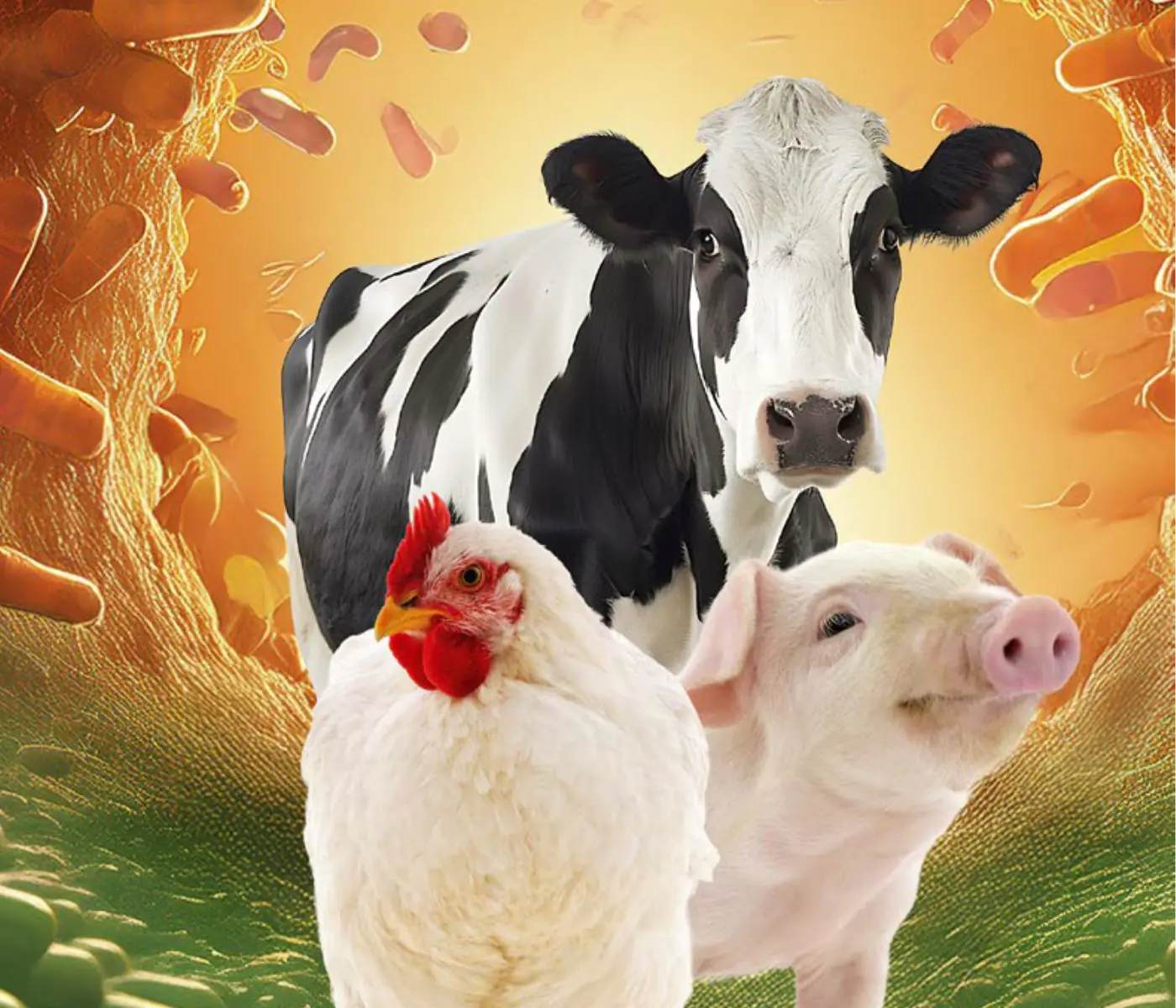
Synergistic Benefits of Prebiotics and Probiotics in Poultry, Swine, and Cattle
Gustavo Adolfo Quintana-Ospina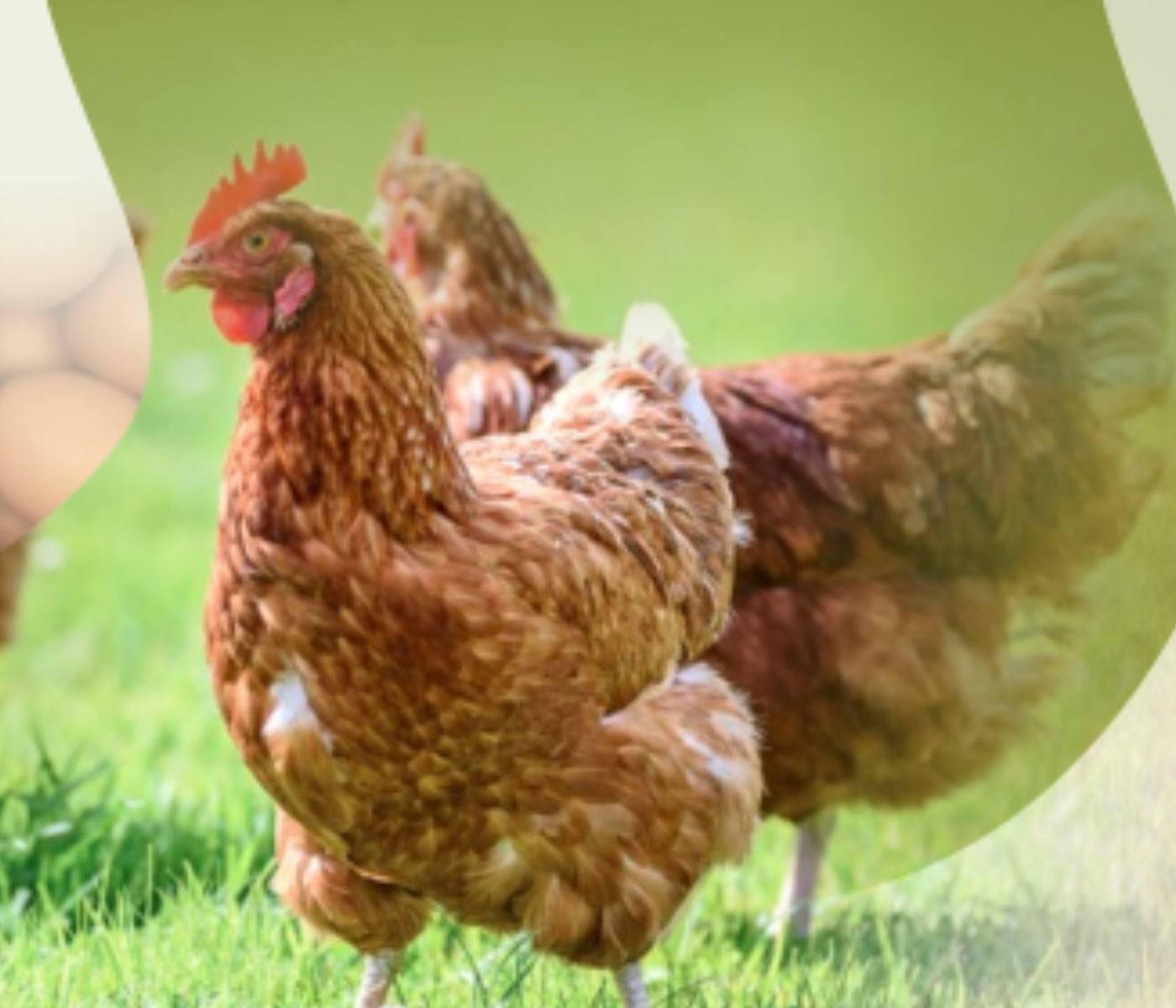
Hybrid Rye Potential in Laying Hen Feed Rations
Gwendolyn Jones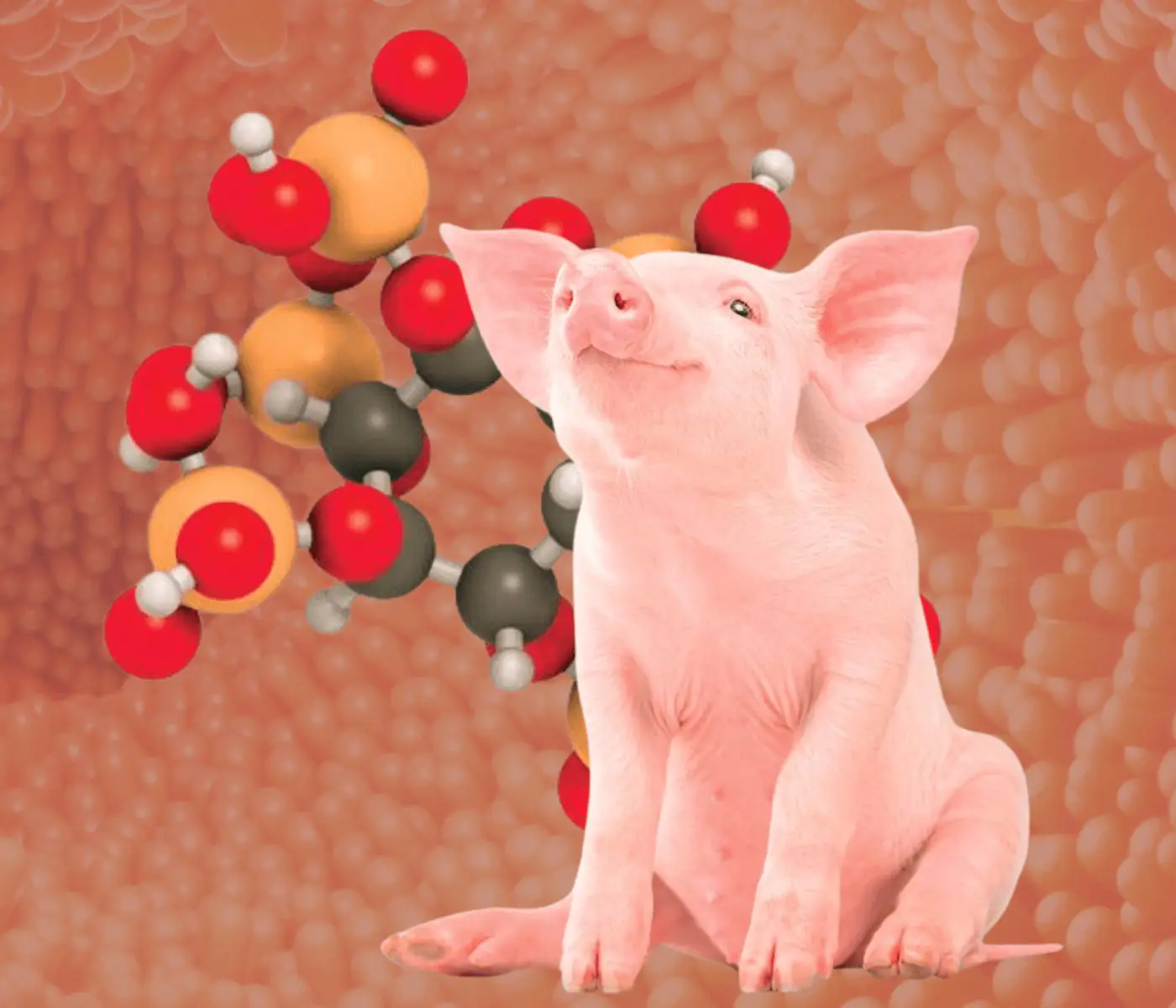
A day in the life of phosphorus in pigs: Part I
Rafael Duran Giménez-Rico
Use of enzymes in diets for ruminants
Braulio de la Calle Campos
Minerals and Hoof Health in the Pregnant Sow
Juan Gabriel Espino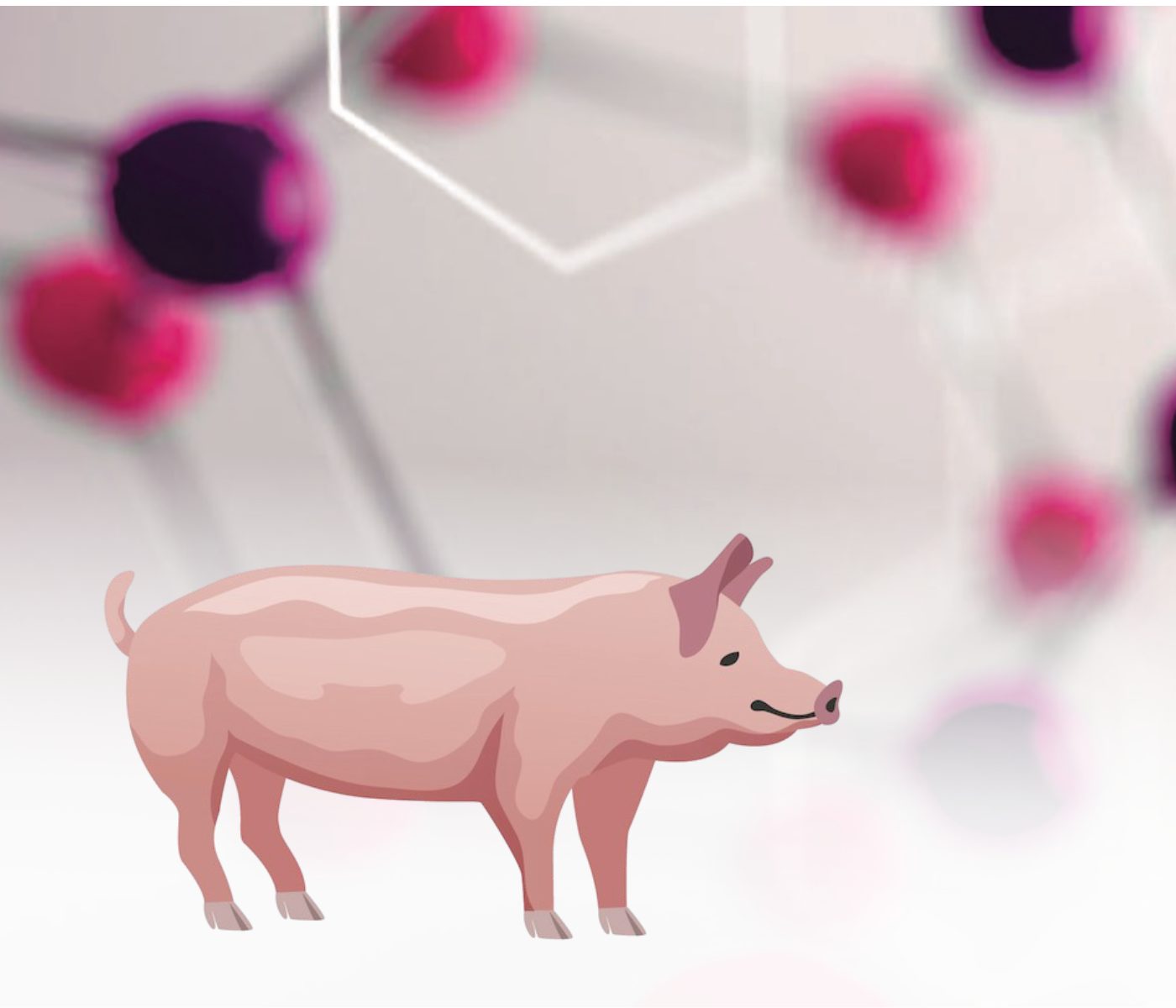
Impact of Oxidized Fats on Swine Reproduction and Offspring
Maria Alejandra Perez Alvarado